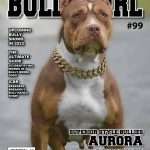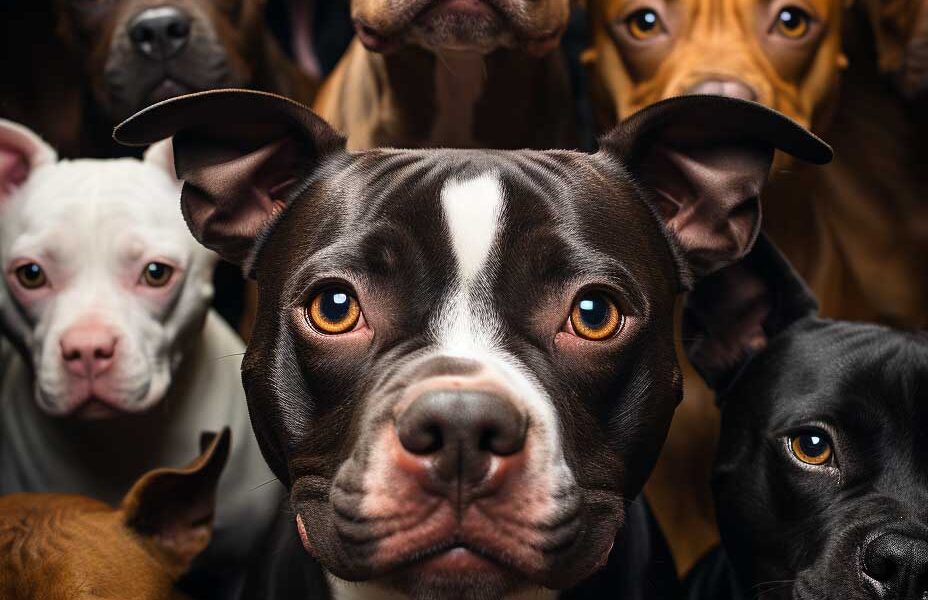Canine’s and STD’s
by: Megan Castor
To most people you wouldn’t think of dogs getting STD’s like people do, but to breeders it can be one of their biggest worries. This is why it is best to check the dogs prior to breeding to prevent any transmitting in the dog world. As with everything we should try to prevent anything negative from happening such as miscarriages or puppies not able to survive, or even reproductive abnormalities. There are three types of Canine STD’s:
Canine Brucellosis is one of the biggest dangers with dog breeding that affects both male and female dogs. The disease is not only transmitted sexually, it can also be transmitted by ingesting and has rarely been reported by airborne as well. The cause of Brucellosis is the bacteria Brucella canis. This disease is what is called a zoonotic disease, which means that it can be transmitted to humans as well. There is no vaccine to prevent brucellosis, but a test can be done to both male and female prior to breeding. Some symptoms include pregnancy/birthing complications with the bitch. Signs with the male are inflammation of the penis and testicles. With any dog you can also have inflammation of the lymph nodes, but many dogs will not show any signs at all. There has been research of antibiotics for treatment but it can still exist regardless and the dog can still spread it even if spayed/neutered. Most of the time euthanasia is the only permanent way to stop it from spreading.
Canine Herpesvirus is a disease that affects unborn puppies. If it is contracted through a pregnant bitch, most puppies die before even born and it can also infect the reproductive tract. Infected dogs may also have hemorrhages in the gastrointestinal tract, lungs, liver and kidneys. This is another disease that is transmitted through sex and spread through mucus in the mouth and nose. There is vaccination for Canine Herpesvirus but it is available in Europe only.
Canine Transmissible Venereal is a sexually transmitted disease/cancer that can result to tumors found in the genital areas of dogs and even sometimes around the mouth and nose. They can look like warts or tumors and can be spread through breeding and bodily fluids. It is not life-threatening but the tumors can spread easy and fast throughout the body. Treatment involves chemotherapy or radiation.










